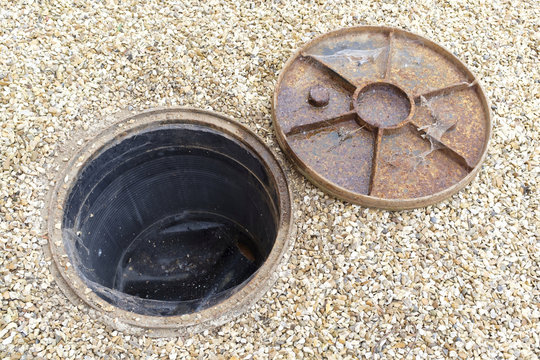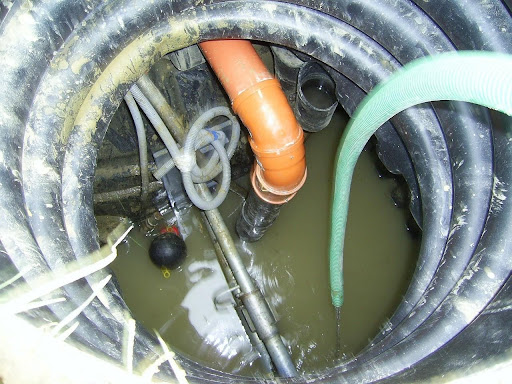Almost everyone will have their own individual thinking in relation to 8 Tips For Clearing A Blocked Drain.

Intro
Taking care of a blocked drainpipe can be an aggravating experience, disrupting everyday tasks and potentially creating damage to your residential or commercial property. Nevertheless, before reaching out to plumbing specialists, there are actions you can require to deal with the problem on your own. In this overview, we'll explore do it yourself remedies and safety nets to deal with an obstructed drain successfully.
Determining the Issue
The first step in resolving a blocked drain is identifying the signs. Sluggish drain, gurgling sounds, foul odors originating from drains, or water support up are common signs of a blocked drain. Recognizing these indications early can aid prevent additionally problems.
Picking the Right Pipes Service
When picking a pipes solution, think about variables such as experience, licensing, and consumer evaluations. Select a respectable plumber with a track record of top quality craftsmanship and clear pricing methods.
Cost Factors to consider
The cost of expert drainpipe cleaning services can differ depending on the seriousness of the obstruction and the plumbing professional's prices. Request quotes from multiple providers and ask about any kind of surcharges to make sure transparency and avoid surprises.
Safety and security Measures
When trying do it yourself drain cleaning, focus on safety. Put on safety gloves and eyeglasses to avoid contact with dangerous chemicals or germs. Never ever blend various drainpipe cleaning products, as this can generate hazardous fumes.
Situation Studies
Real-life instances highlight the performance of DIY remedies and the relevance of timely specialist intervention in solving drain obstructions.
Common Root Causes Of Obstructed Drains
Comprehending the factors that contribute to drain obstructions is important for reliable resolution. Usual culprits include hair, soap residue, oil, food debris, and international objects like sanitary products or paper towels. Tree origins attacking below ground pipes can also create considerable clogs.
Do it yourself Solutions
For small obstructions, several DIY solutions can be efficient. Pouring boiling thin down the drain can help dissolve grease and particles. Baking soda and vinegar or a blend of salt and baking soft drink can serve as all-natural cleansers. Making use of a plunger or pipes serpent to displace blockages is one more option.
Devices and Equipment
Having the right devices handy can make do it yourself drain cleaning up more effective. A bettor is a functional device for getting rid of clogs in sinks, bathrooms, and showers. A pipes snake or auger can get to much deeper blockages, while drain cleansing chemicals can be used very carefully for persistent clogs.
Safety nets
To prevent future obstructions, adopting safety nets is vital. Mount drain guards or filters to catch hair and debris before they go into the pipes. Routinely flush drains pipes with warm water to liquify grease accumulation, and prevent disposing of oil or strong waste away.
When to Call an Expert
While DIY solutions can fix minor blockages, specific indicators indicate the demand for specialist support. Relentless blockages, foul odors regardless of cleansing initiatives, or multiple drains supporting simultaneously are red flags that necessitate expert intervention.
Verdict
By following the ideas laid out in this guide, you can efficiently tackle obstructed drains and prevent future plumbing problems. Whether selecting do it yourself services or seeking professional support, prompt action is key to maintaining a healthy and balanced plumbing system and preserving the integrity of your home.
WHAT I LEARNED FROM TRYING TO DEAL WITH A CLOGGED DRAIN
We have had our share of seepages and other annoying things that are part of living, especially in an apartment complex. And if there’s one thing that’s terrifying for a homeowner—or even someone in a rented home—it is a clogged drain, indoors or outdoors.
We enjoy our living space, but it’s simply a fact of life that dead skin, soap and a host of other items go down the drain; eventually, the residue builds up and prevents anything from moving. Ugh.
Not Calling A Professional
Of course, it might seem simple to just whip the pipe off under the sink and see if you can unblock it. Unfortunately, what if the blockage isn’t there, or you don’t reconnect it properly? Worse, you might break a piece and have no drainage system. Can you imagine that scene? Yuck!
Not Watching Your Waste
This will sound d’uh, but the best tip I can give you for drain cleaning is to avoid clogging the drain in the first place! You can do this by monitoring what goes down the drain and catching the items which are most likely to give you a problem. Invariably hair, vegetable peels, and large wads of toilet paper are the most obvious culprits. Add a filter—these are available in hardware stores and can be removed and cleaned easily.
Poking The Drain
The first urge with a clogged drain is to poke at it with a stick or anything that resembles a stick. Sadly, this does not result in magically solving the issue. The mental image is, naturally, one of the stick just pushing through the offending item and all is well again. Reality is quite different and unpleasant and likely to lead to further problems.
The thing is, every drain has a series of bends that are not visible to us. Drains are built this way to prevent gases from entering the house. What happens when you poke a stick into the drain? Of course, it can’t bend around the corner. The more adventurous people will use force and end up wedging the stick or causing it to break off in the pipe—creating an even bigger issue. Worst thing? The stick will shift the block further down the pipe, creating the space for more to collect. Go ahead! Roll your eyes!
Using The Wrong Plunger
You know what they say: the right tool for the right job! Did you know there are different types of plungers besides the basic one we keep at home for an emergency? Yes, there are. For example, the toilet plunger has a bell-shaped bottom while the sink plunger is flat. This is an important difference and using the wrong plunger will be useless. There’s also a knack in using plungers—they must be placed in such a way that they create an airtight seal and then, moved slowly up and down—not as fast as we imagine.
https://vidyasury.com/2018/01/learned-trying-deal-clogged-drain.html

I'm certainly very occupied with Some easy tips to fix blocked drains and I really hope you appreciated the new article. Liked our write up? Please quickly share it. Let someone else check it out. I value reading our article about Tips for Dealing with Clogged Drains and Sewer Lines.
Details Here